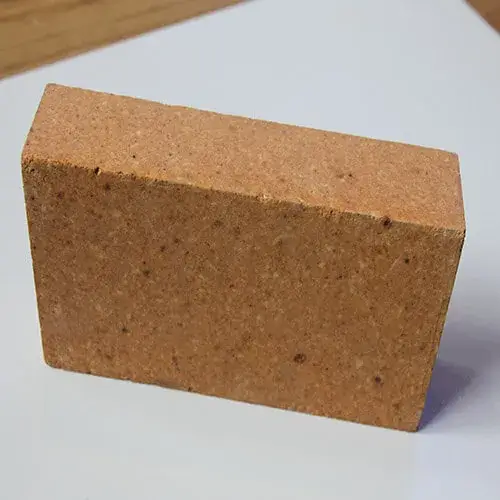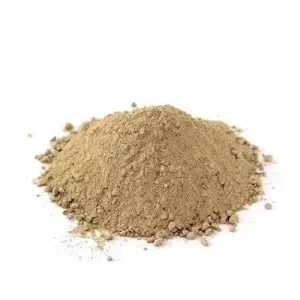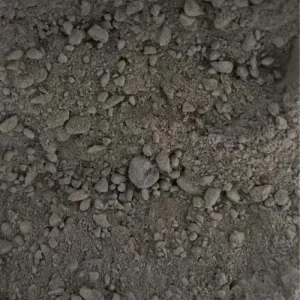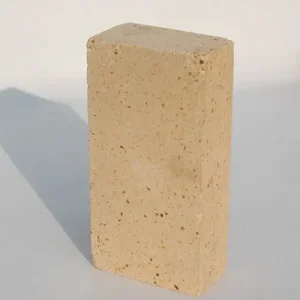Refractory clay bricks are the most widely used refractories made from chamotte clay minerals and calcined at a high temperature of 1300 to 1400 ° C.. It can be easily located out in the nature and contains suitable content ratio of silica, cyanite and alumina. Fire clay bricks have low porosity and are durable for various re-heating process.
Refractory Clay Brick Application:
Clay bricks are widely used in metallurgy, blast furnaces and hot blast furnaces, chemical industries waste incinerators, glass melting furnaces. It is the first selection of thermal equipment permanent lining material. Fire clay brick is mainly used in the low temperature parts of various industrial furnaces, due to the scale-up of a variety of industrial furnaces and severity of operating conditions, super dense clay bricks that made of more refined chamotte being calcinated at high temperature are applied more than before.
Refractory Clay Brick Advantages:
High Refractoriness
Excellent Thermal Shock Resistance
Mechanical Strength
Low Thermal Conductivity
Chemical Resistance
Dimensional Stability





